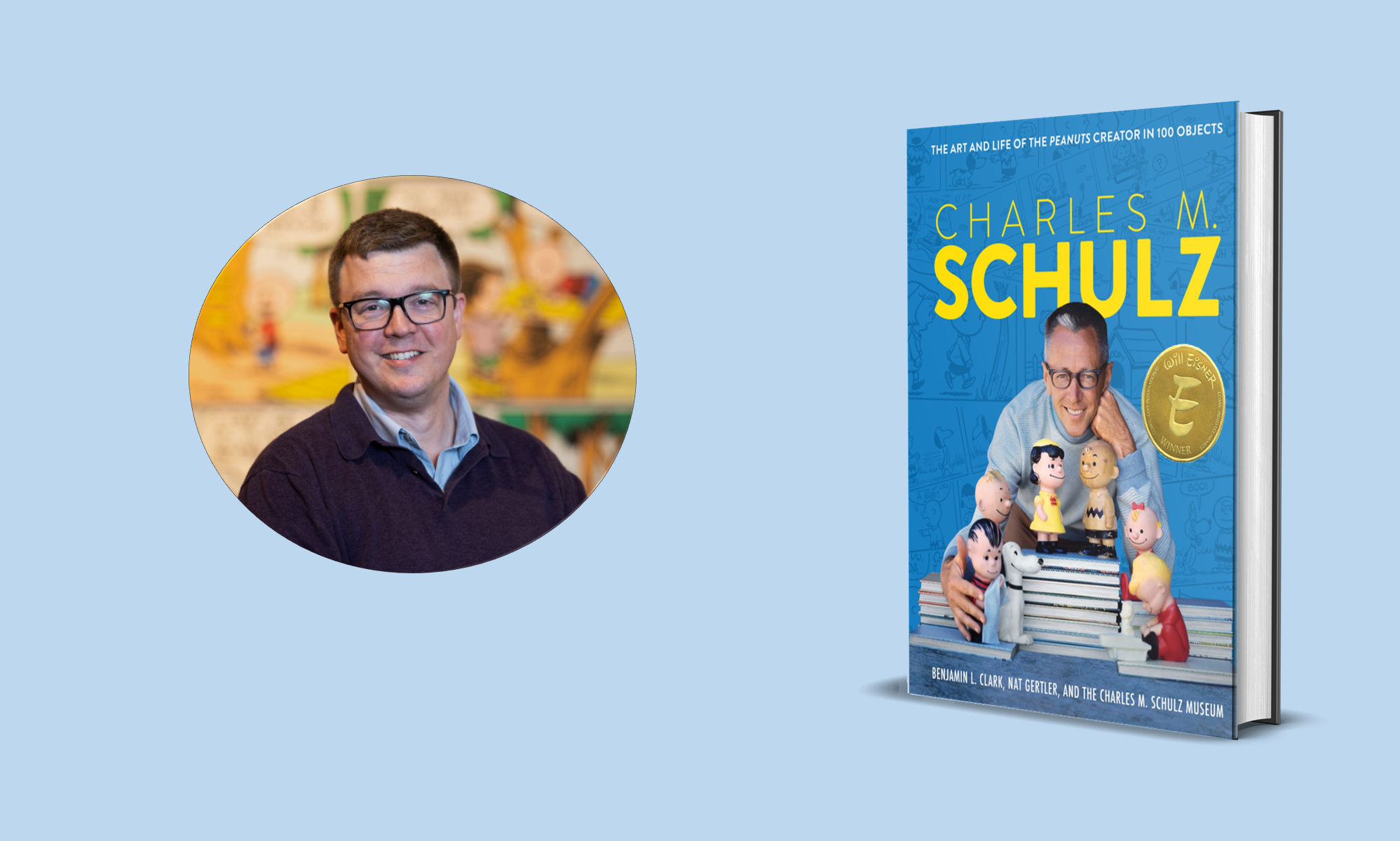
Comic writer and artist Bernie Mireault died this month. He was 63. I was not familiar with him or his work, but my friend and collaborator Nat Gertler, wearing his About Comics publisher’s hat, worked with Mr. Mireault to get his much-lauded comic, The Jam, back into print.
In the remembrances that followed Mireault’s passing, his work was praised and cited as being too little known for how well-regarded it is. He was described as a cartoonist’s cartoonist. About Comics made their reprint available at cost for about a week, so I grabbed a copy to see for myself what everyone was talking about.
The story opens with our would-be hero, a mere mortal, getting the upper hand in a mugging about to go very wrong. That’s something I really loved here — The Jam is about a superhero who is not superhuman. He’s a guy who wants to see some good in the world and has realized he can be part of that good. But, darker forces are gathering. Disillusioned young men are being drawn to a leader with a plan, and soon enough, the Jam has pissed off the Devil himself. So, if you read The Tick and thought, I wish this had a dash of Sandman, well, you’re in the right longbox.
Mireault’s The Jam is great! The writing and art are a lot of fun and very well done. It’s a grownup comic, but not quite what modern marketing people would call “gritty.” There was also something charming about the art that reminded me of, well, The Tick or old concert posters of the era. That late-1980s indie comic feel, from the black-and-white explosion. But the story also felt rooted in a very real vision of an actual city. There’s also a ton of technical know-how and thought going into each panel, each word balloon. I realized I was analyzing the lettering at various points and thinking about how crazy it is, but it was still really well done and fun. Reading The Jam made me think, “Yeah, comics are good.”
If you like the sound of that, The Jam is available in print through About Comics.
But, I should note that comics are rarely kind, or just. If you are having thoughts of suicide, you can reach out for support by texting or calling 988. The helpline is available 24/7 across the US and all of its territories.
Don’t miss a thing and sign up for my newsletter!

About the Author: Benjamin L. Clark writes and works as a museum curator.



